
Projects 9.1.4 Dolby Atmos overhead, enhances dialogue with AI and tunes rooms automatically.
The post Sonos Arc Ultra Soundbar Drops to New Record Low, 9.1.4 Surround Sound Budget Bars Will Never Replicate appeared first on Kotaku.


Projects 9.1.4 Dolby Atmos overhead, enhances dialogue with AI and tunes rooms automatically.
The post Sonos Arc Ultra Soundbar Drops to New Record Low, 9.1.4 Surround Sound Budget Bars Will Never Replicate appeared first on Kotaku.

LG’s OLED TVs are the best you can get.
The post LG 48″ OLED evo C4 Series Gets “Hidden Price” on Amazon, 45% Off Price Violates LG’s Display Rules appeared first on Kotaku.
Considering jumping into VR this Black Friday, or gifting a headset to a friend or relative so they can join you? Here are the best deals available.
Meta Quest headsets are the ideal way to get into VR and mixed reality for most people. They are fully standalone, meaning you don’t need any external device (other than a phone app to initially set them up), and they can also wirelessly connect to SteamVR on a gaming PC, if you have one, for a higher fidelity experience.
There are currently two headsets in Meta’s lineup, the budget Quest 3S and the higher-end Quest 3. Quest 3S is normally $300, while Quest 3 is normally $500.
The excellent Black Friday 2025 deals for Quest 3S offer both a lower price and added perks, making it an ideal holiday gift, while there’s only one Quest 3 deal we’re aware of, and it only offers a perk.
Still, if you have the funds, we always recommend the proper Quest 3. While Quest 3S reuses the old fresnel lenses from Quest 2, Quest 3 features Meta’s advanced pancake lenses which are clearer and sharper over a wider area, have a wider field of view, and have precise separation adjustment, making them suitable for essentially everyone’s eyes. These pancake lenses also enable Quest 3 to be thinner, which makes the headset feel slightly less heavy.
Meta Quest headsets normally come with
Best Buy is offering a $75 gift card and 1 month of Xbox Game Pass Ultimate with Quest 3 purchases.
You could, for example, use the Best Buy gift card to get a rigid strap and softer facial interface – upgrades which can make the headset feel more comfortable to wear.
 UploadVRDavid Heaney
UploadVRDavid Heaney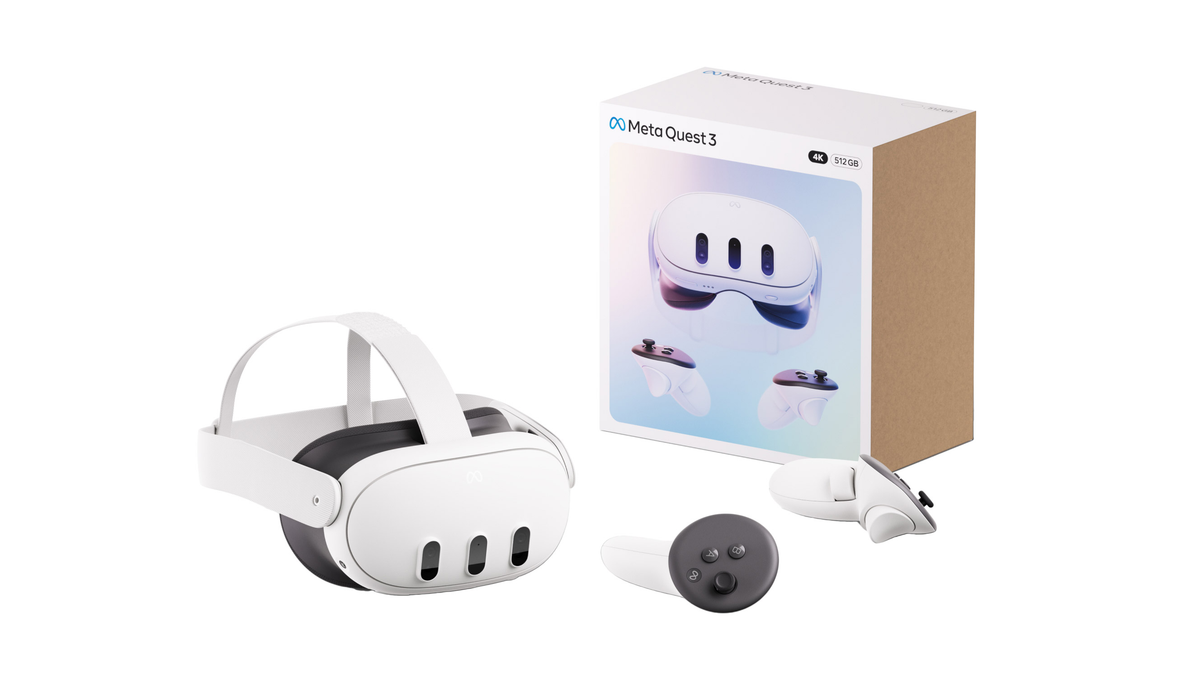
During the 1 month of Xbox Game Pass Ultimate (normally $30) you can play flatscreen games like Call of Duty on a giant virtual screen.
And you still get the 3 months of the Meta Horizon+ subscription, as with all purchases of new Meta headsets.
If you’re a Costco member, you can get Quest 3S for $200, and if you’re not, you can get it for $215. That’s $85-$100 off the regular price.
In both cases, Costco’s deal comes with 12 months of Horizon+, compared to the 3 months you normally get with a new Meta headset.
 UploadVRDavid Heaney
UploadVRDavid Heaney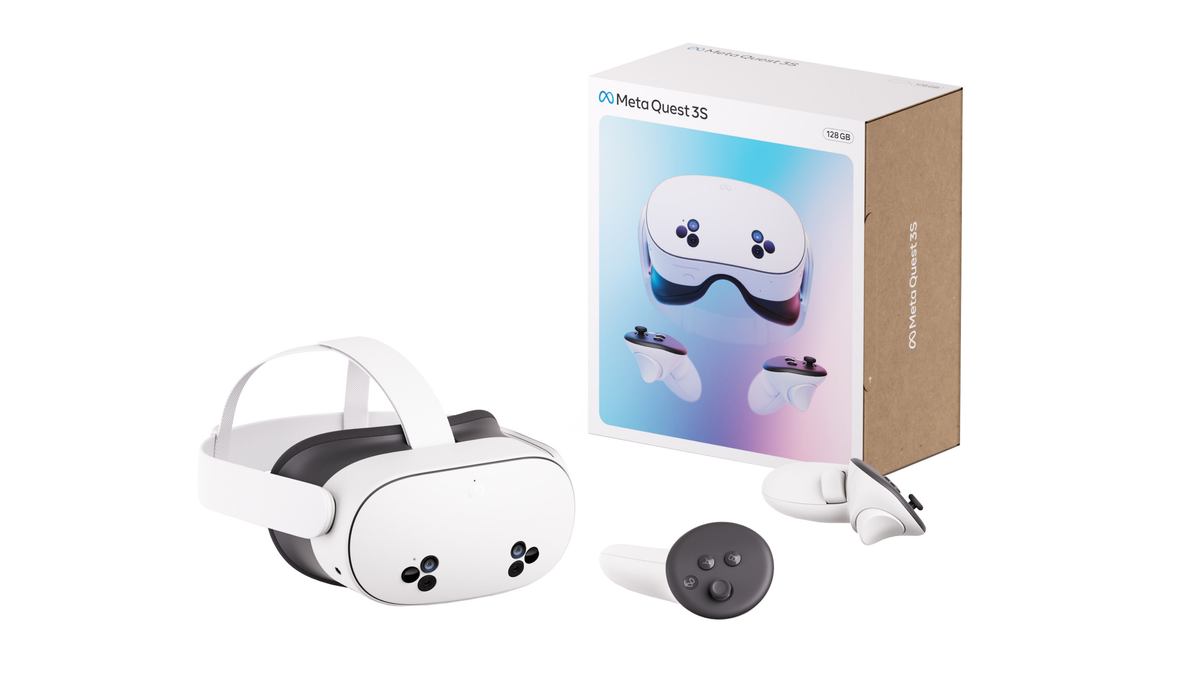
Horizon+ includes a Games Catalog with some of Quest’s best VR games, including Asgard’s Wrath 2, Cubism, Demeo, Dungeons of Eternity, Eleven Table Tennis, Ghosts of Tabor, Job Simulator, Maestro, Onward, Pistol Whip, Red Matter, Synth Riders, The Climb 2, and Walkabout Mini Golf. It also lets subscribers redeem 2 monthly games pre-selected by Meta.
The Costco deal lasts through December 2, the coming Tuesday, so make sure to grab it soon if you want to affordably bring a friend or relative into VR.
Quest 3S is $250 at Best Buy, and the retailer is offering a $50 Best Buy gift card, 1 month of Xbox Game Pass Ultimate, and The Walking Dead: Saints & Sinners VR game.
That’s a $50 discount from the headset’s regular $300 price, and the three perks together are worth $110. You can find the deal for the 128GB base model of Quest 3S here. A similar offer is available for the 256GB storage model, with a $330 price ($70 off) and the same perks.
 UploadVRDavid Heaney
UploadVRDavid Heaney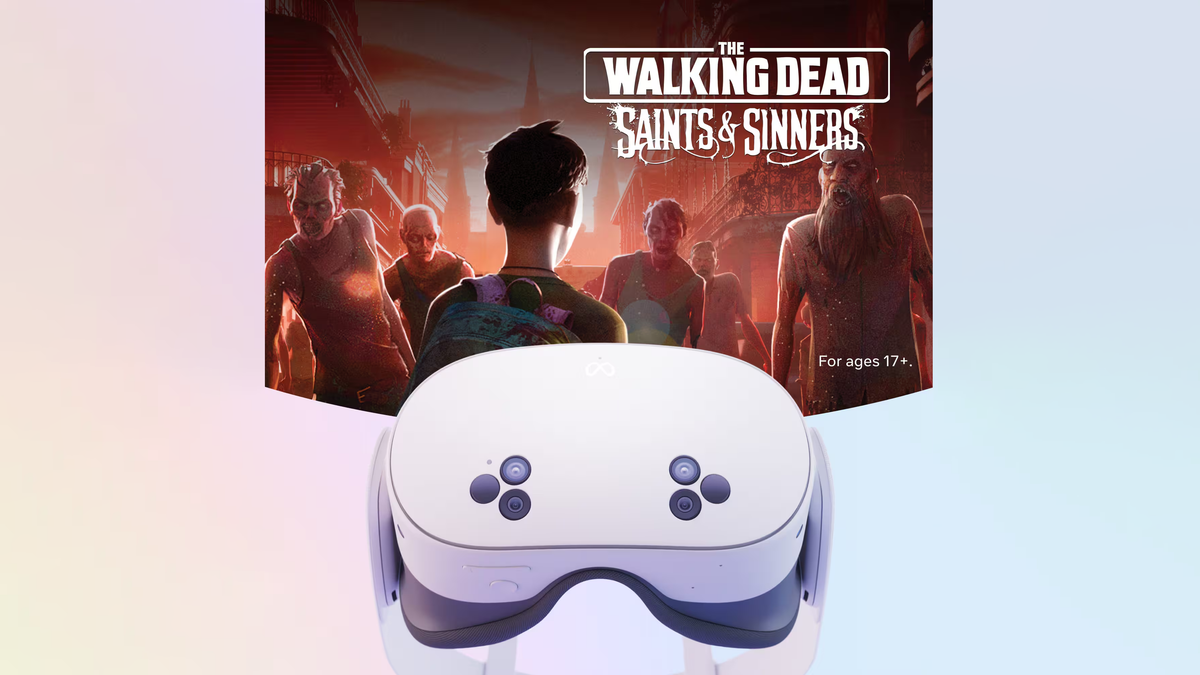
You still get 3 months of the Meta Horizon+ subscription, as with all purchases of new Meta headsets.
You could use the $50 Best Buy gift card to get the Elite Strap to make the headset more comfortable for just $20, for example, while during the 1 month of Xbox Game Pass Ultimate (normally $30) you can play popular flatscreen games like Call of Duty on a giant virtual screen.
As for The Walking Dead: Saints & Sinners, it’s also normally $30, and it’s widely considered to be one of the best VR games of all time due to its physics-based combat system, earning an ‘Essential’ score in our review.
PlayStation VR2 is $300 at all official retailers until December 19, its lowest price ever.
PlayStation VR2 is not a standalone headset, and it has a cable which needs to be connected to a host device. It connects to the PS5 or PS5 Pro console out of the box, and can alternatively connect to a gaming PC with the sold-separately PC adapter.
This price applies to both the regular SKU and the bundle with Horizon Call of the Mountain, so you should always grab the latter if it’s in stock.
 UploadVRDavid Heaney
UploadVRDavid Heaney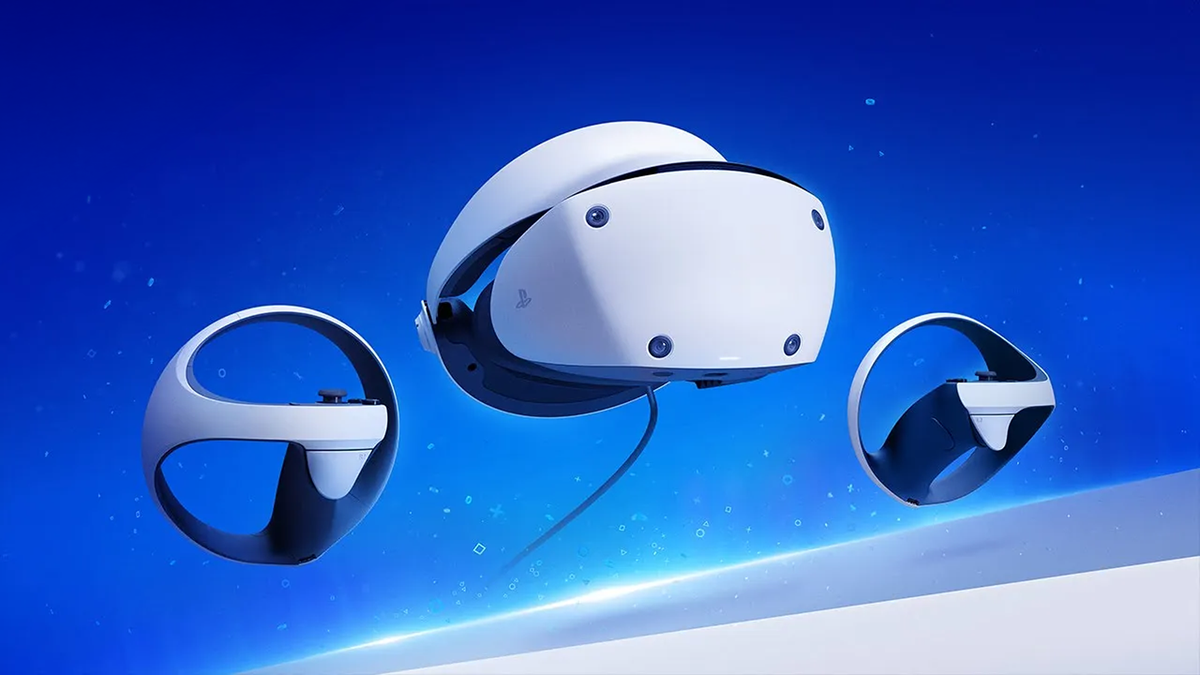
At this discounted price, PlayStation VR2 is an ideal option for a PS5 owner heavily invested in the PlayStation ecosystem, or, with the adapter, a PC owner interested in sim racing, flight sim, or other seated games.
The PS VR2 discount is available for another three weeks, so there should be plenty of time to grab one in time for Christmas.
Pico 4 Ultra is a Quest 3 competitor from ByteDance, the Chinese tech giant behind TikTok. It isn’t sold in North America, so if you’re in the US or Canada you can ignore its existence.
 UploadVRDavid Heaney
UploadVRDavid Heaney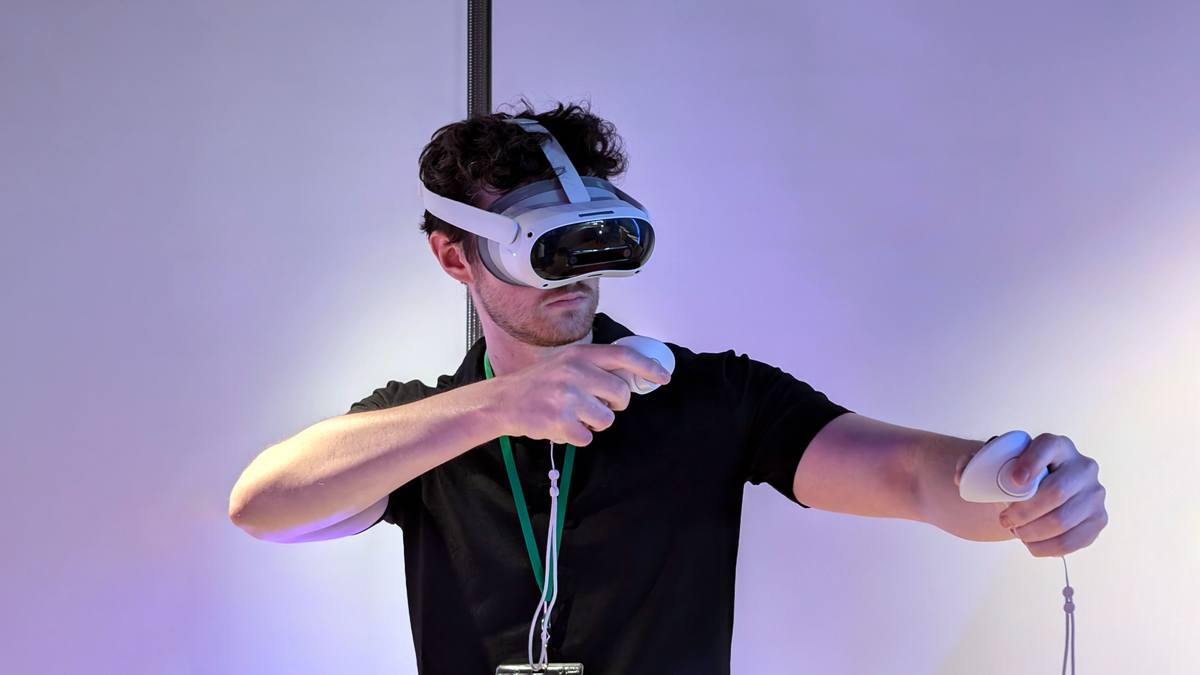
For those who are in a region where Pico 4 Ultra is sold, the Black Friday 2025 deal prices it at €400, and comes with 2 VR games and a season pass for Premier League Player.
Those 2 VR games are Pistol Whip and Blade & Sorcery: Nomad, widely considered to be among the best VR games of all time.
The headset is normally priced at €600, so this is a massive €200 discount. And the 2 VR games and season pass are worth €100 together, meaning the total extra value here is €300.
Pico 4 Ultra holds up relatively well to Quest 3, but while the Pico Store has a decent chunk of the content available on Quest 3, it still lacks many of the games you’ll find on Meta’s platform, particularly the blockbuster exclusives.
 UploadVRDavid Heaney
UploadVRDavid Heaney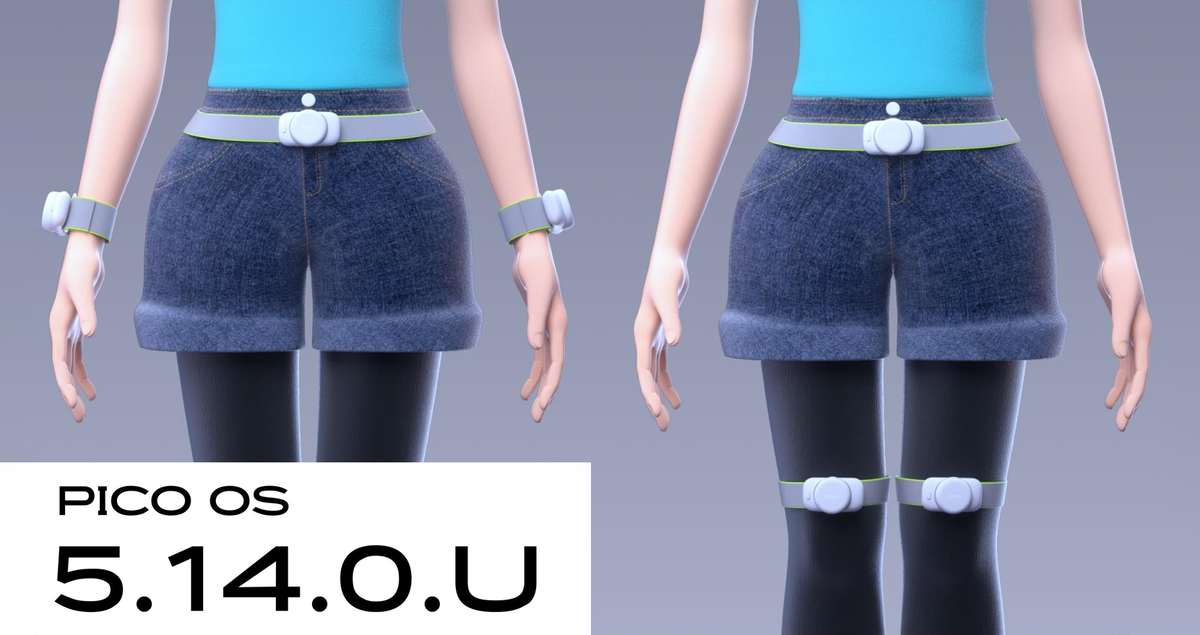
However, ByteDance has a unique offering which Meta has ruled out making an equivalent of: Pico Motion Trackers. They’re lightweight wireless pucks that you can strap to yourself to add various levels of body tracking in supported titles.
For Black Friday get a pair for €70 to strap to your ankles to add leg tracking. Then, you can add the ‘Waist Version’ for €40 to improve the quality of body tracking and get a true orientation for your waist. And if you want to go even further, you can now get a second €70 pair for your upper leg or forearms, improving leg or arm tracking, for a total of 5 trackers.
Supported titles for Pico Motion Trackers include VRChat (both standalone and via wireless PC VR) and Blade & Sorcery: Nomad.
The realistic surfing simulator, True Surf, is making its Quest debut this December.
Developed by True Axis, True Surf is a VR port of the mobile game of the same name, allowing grommets and pros alike to carve waves and paddle through iconic locations while climbing the surfing ranks. An official game for the World Surf League, it’s launching on Quest next month, and you can check out gameplay below:
0:00
In True Surf, you monitor a live swell map, which comes courtesy of data provided by real-world surf forecasting organization Surfline, before picking a spot to ride the waves. Then, if you’d like, you can control the weather to boost the swell’s strength for a greater challenge. As you complete missions and rack up high scores, you’ll generate ‘Shaka,’ which can be used to unlock more locations.
Included locations in True Surf span the globe, featuring famous spots like Waikiki in Hawaii, Bells Beach in Australia, and Puerto Escondido in Mexico, to name a few. Each location also includes wildlife to glide alongside, such as dolphins, fish, and turtles. Those looking to customize their character will also find branded gear options across various boards and apparel.
True Surf is launching on Quest this December.
Best Buy is offering a $75 gift card and 1 month of Xbox Game Pass Ultimate with Quest 3 purchases for Black Friday.
With this deal, you could, for example, use the Best Buy gift card to get a rigid headstrap and softer facial interface – upgrades which can make the headset feel more comfortable to wear.
During the 1 month of Xbox Game Pass Ultimate (normally $30) you can play flatscreen games like Call of Duty on a giant virtual screen.
As with all new Meta headset purchases, Quest 3 from Best Buy also comes with 3 months of Horizon+, Meta’s VR games subscription which includes a Games Catalog with some of Quest’s best VR games, and also lets subscribers redeem 2 monthly games pre-selected by Meta.
 UploadVRDavid Heaney
UploadVRDavid Heaney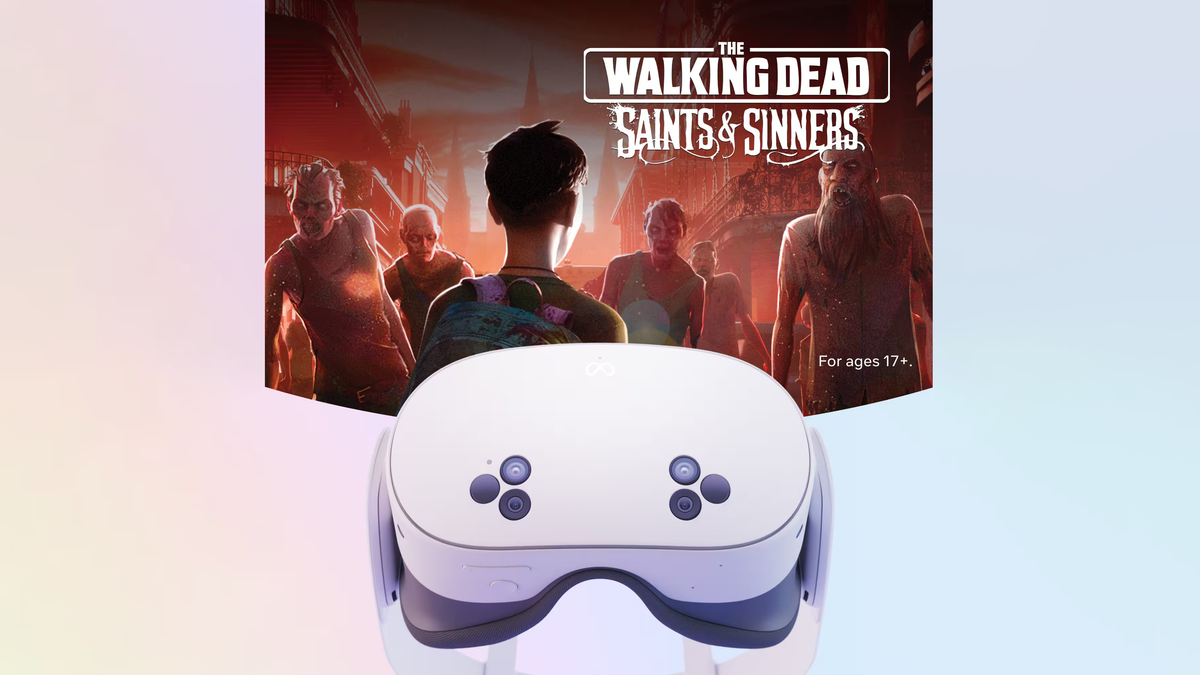
We’ve seen a lot of deals for Quest 3S recently, Meta’s cheaper budget headset, with Best Buy for example offering a $250 price with a $50 gift card, the month of Xbox Game Pass Ultimate, and a top-rated VR game. But we still highly recommend choosing the proper Quest 3 if you have the funds.
While Quest 3S can run all the same content as Quest 3, and has the same fundamental capabilities (including the same XR2 Gen 2 chipset and 8GB RAM), it reuses the old fresnel lenses from Quest 2. Quest 3, on the other hand, features Meta’s advanced pancake lenses which are clearer and sharper over a wider area, have a wider field of view, and are fully horizontally adjustable, suitable for essentially everyone’s eyes. These pancake lenses also enable Quest 3 to be thinner, which makes the headset feel slightly less heavy.
At $500, there’s a steep price premium for Quest 3 over Quest 3S, especially with the discounts, so Best Buy’s Black Friday deal somewhat softens the financial blow.

Get your family moving with fun, interactive motion games.
The post Forget Nintendo, Nex Motion Gaming Console Hits All-Time Low as Amazon Clears Out the Remaining Stock After 80K+ Sold appeared first on Kotaku.

For a limited time, you can save 36% on the 2024 Microsoft Surface Pro for Black Friday.
The post Microsoft Goes More Aggressive Than Apple as Surface Pro 2-in-1 Drops to a Budget-PC Low appeared first on Kotaku.

The best e-reader is currently on sale at Amazon!
The post Kindle Paperwhite Drops to Record Low, E-Reader Now Cheaper Than Buying a Few Physical Books appeared first on Kotaku.

Send the student in your life back to school after winter break with this 11-inch Android tablet that’s perfect for work and play.
The post Lenovo Idea Tab Hits an All-Time Low, Now the Cheapest Android Tablet With Pencil and Case Included appeared first on Kotaku.

Nab a 40% discount, plus enjoy a free 60-day Audible trial with your purchase.
The post Anker 65W Nano Charger Price Collapses, Cheaper Than Last Black Friday as Stock Gets Dumped appeared first on Kotaku.

Best value for money TV at Black Friday.
The post Forget Expensive OLED TVs, 4K Fire TV on Black Friday Sale Does the Job for 97% of People appeared first on Kotaku.

For Black Friday, Amazon drops this highly rated external solid-state drive.
The post Crucial X10 1TB SSD Now Costs Less Than a Dime per GB, Actually Only $0.08 While Black Friday Supplies Last appeared first on Kotaku.

Roborock’s most advanced vacuum cleaner..
The post Roborock Dumps 22,000Pa Robot Vacuum at Zero-Profit, Self-Emptying Tech Now at All-Time Low appeared first on Kotaku.
Action flight sim G-Rebels will get day one PC VR support in early access, and it’s launching early next year.
Developed by Reakktor Studios and published by Senatis, G-Rebels is a spiritual successor to 1997’s PS1 combat flight sim G-Police by Psygnosis. Originally announced last year as a flatscreen game, the studio exclusively revealed to UploadVR that it’s receiving official PC VR support straight away with its upcoming early access launch.
0:00
Set in the year 2684, this dystopian open-world combat game takes place across floating megacities covering 12,000 square kilometers, as these cities compete for natural resources. You play as an elite unit in the most powerful city-state, helping to ensure law and order before a secret mission leaves you questioning your loyalties.
In early access, G-Rebels promises 10 main missions that range between collecting bounties, police chases, handling new contractors, and races, also featuring combat missions, outpost battles, mining, and more. Multiple regions will be available to explore and you can customize your ship, while Reakktor Studios also promises dynamic weather and a day-night cycle.
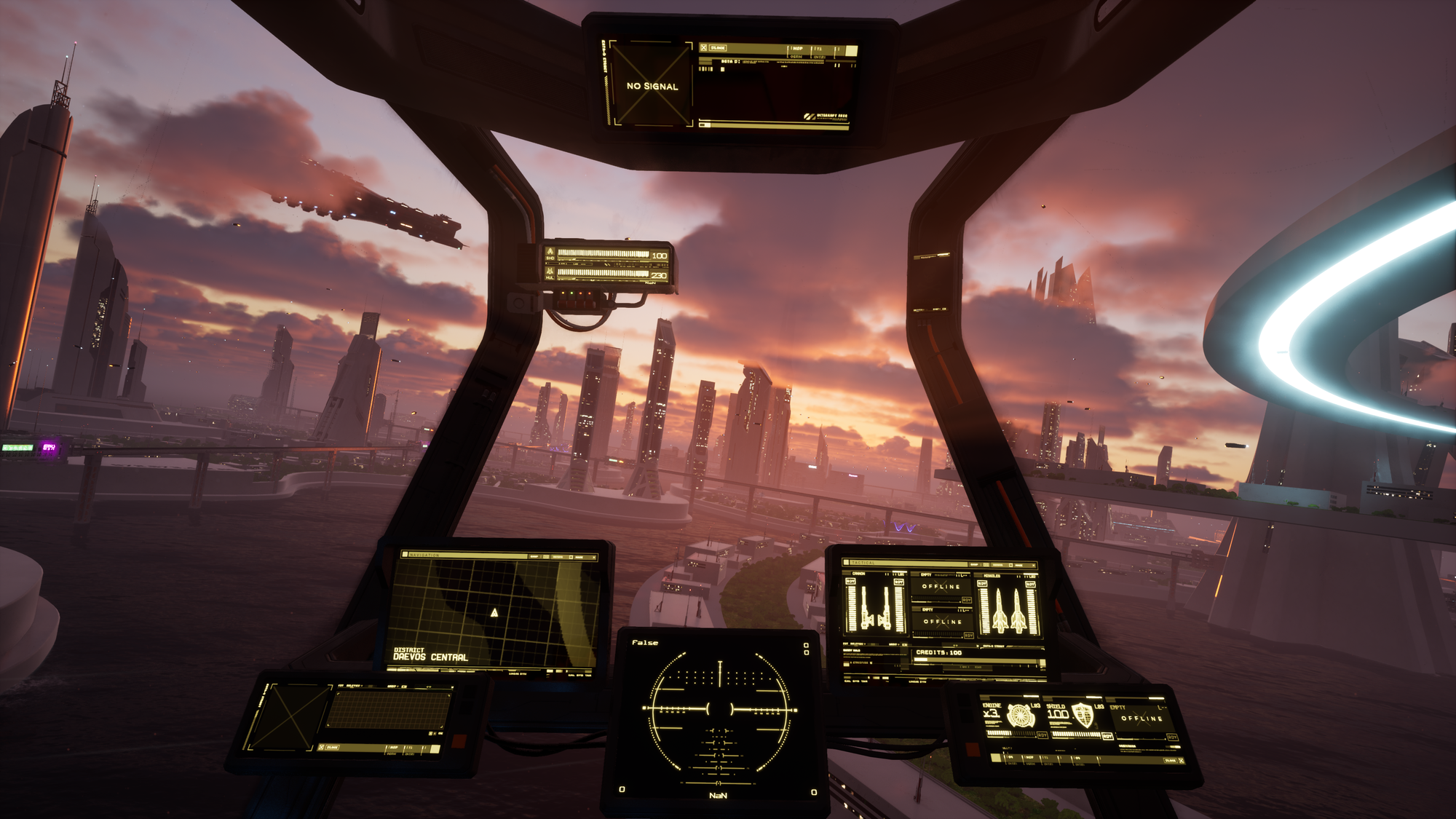
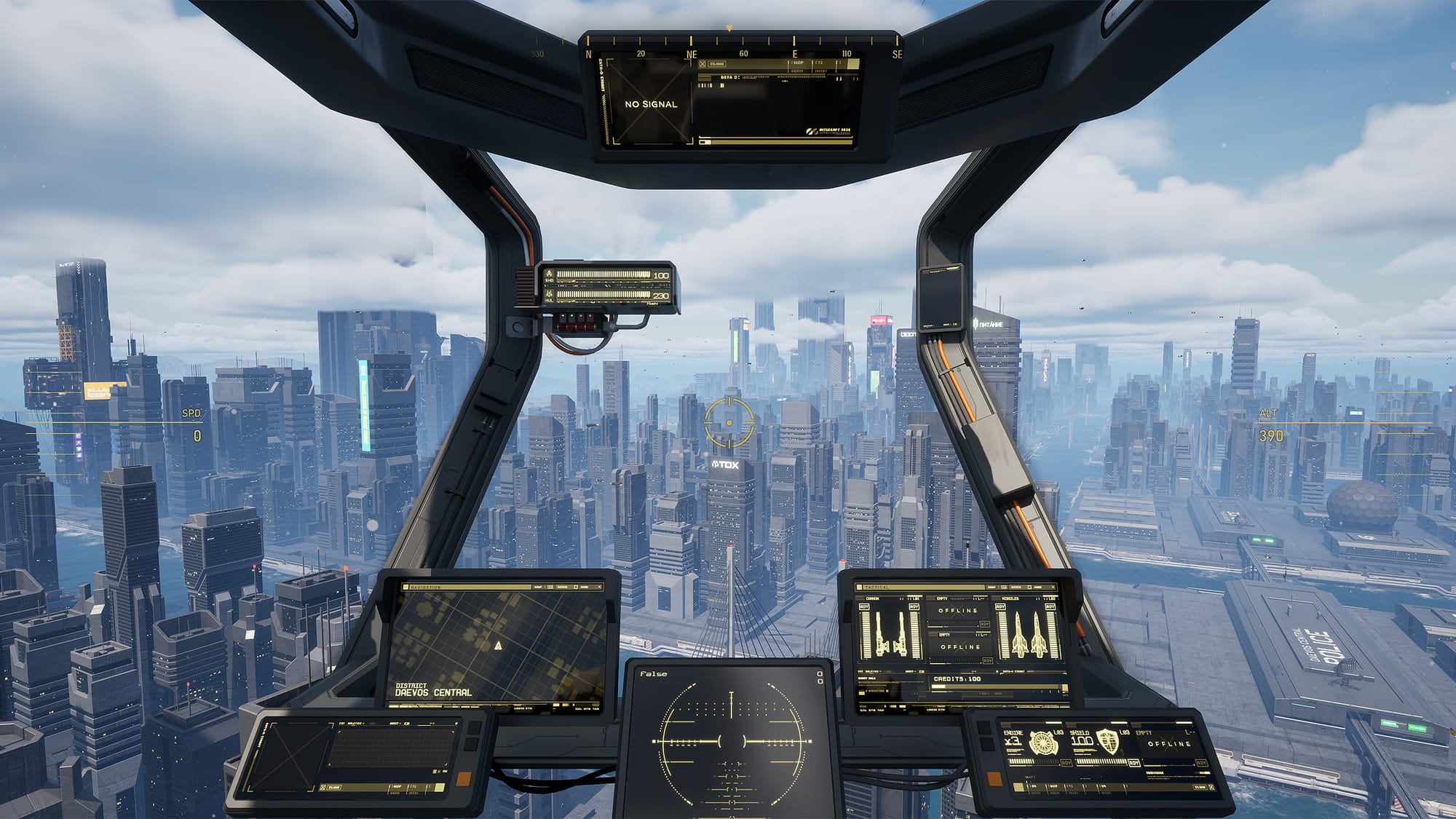
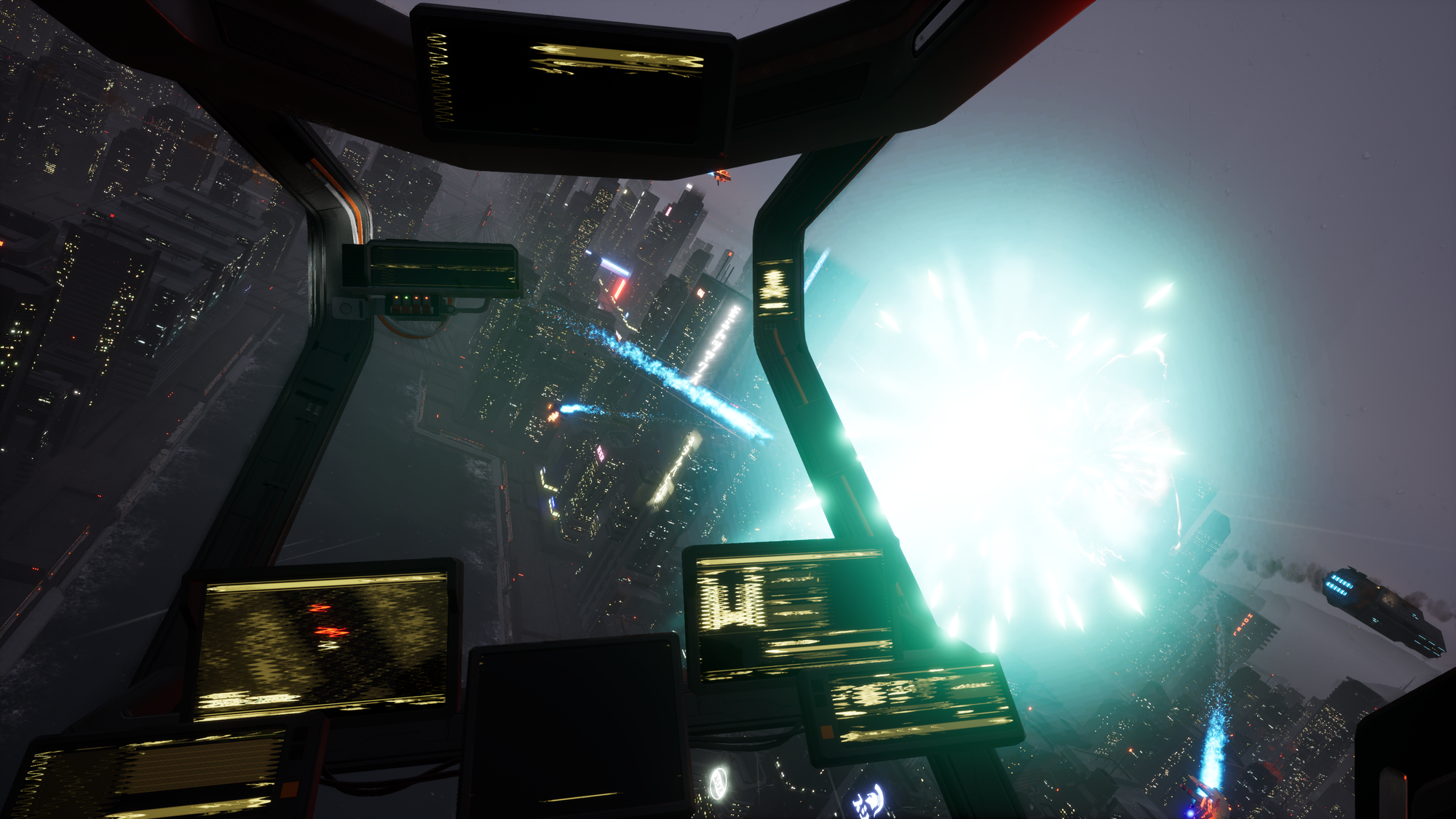
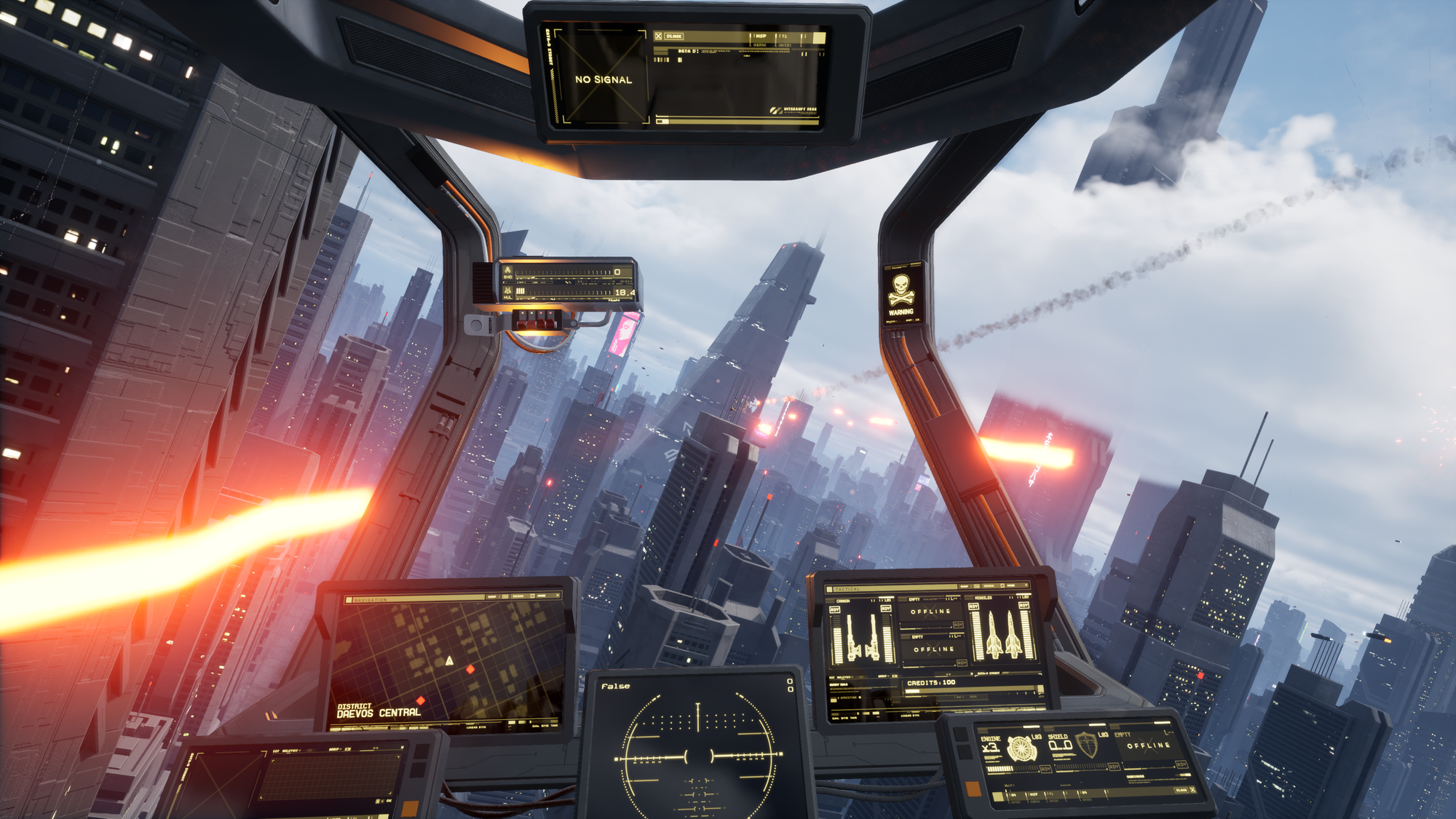
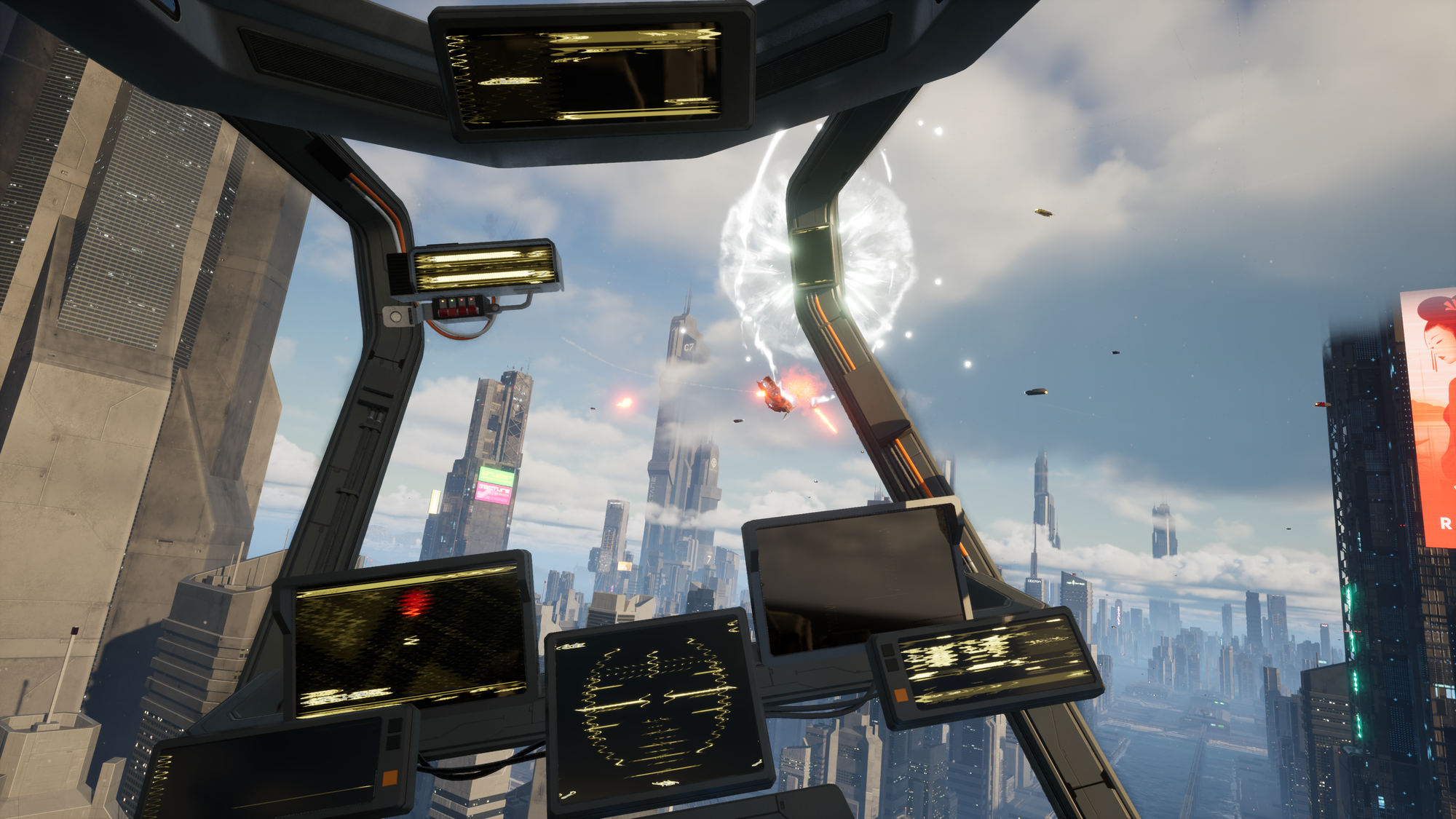
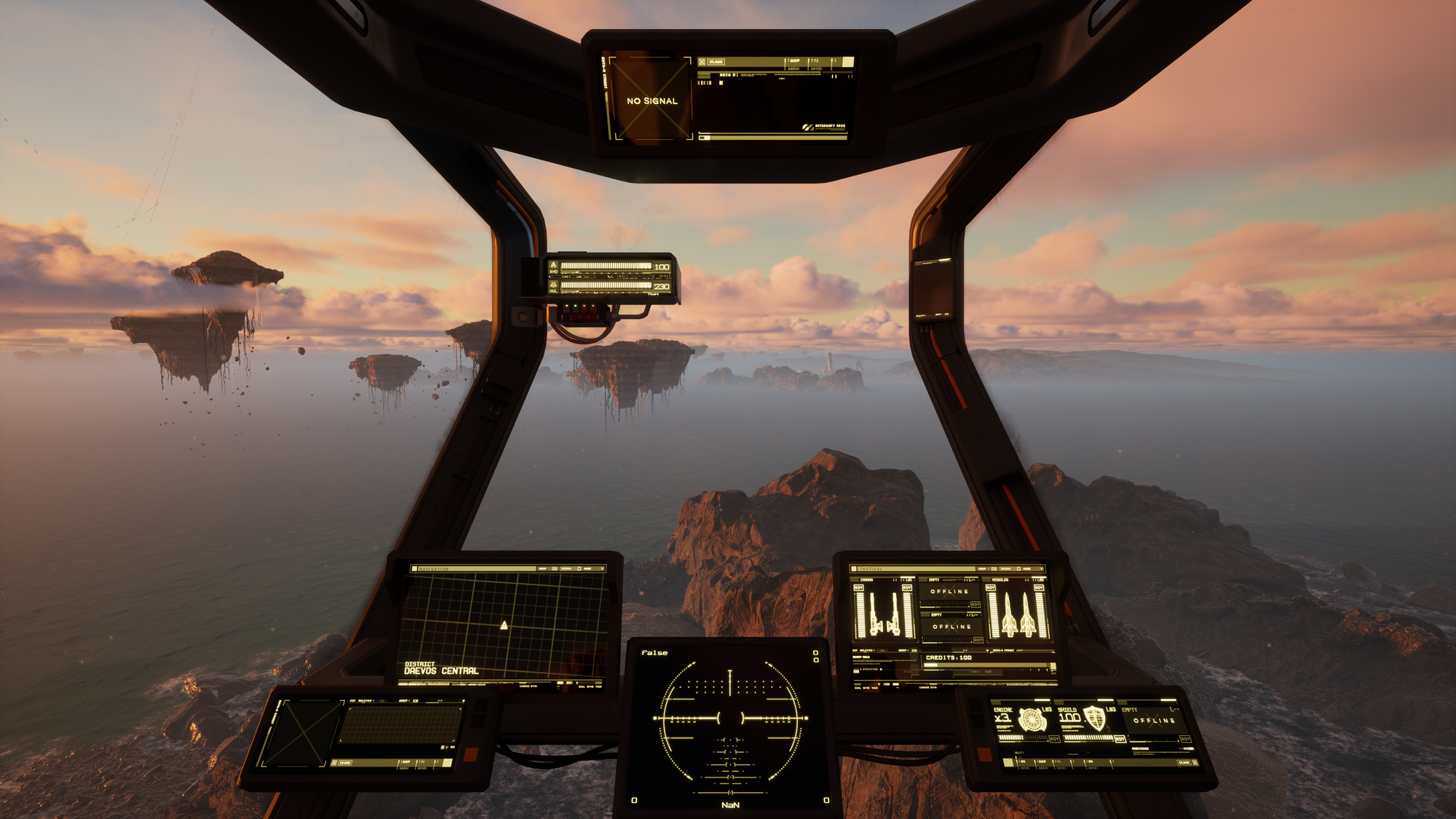
VR mode has a full cockpit view and first-person flight controls, and PC VR support will get further optimizations across early access. A content disclosure also confirms “some of the intercom dialogs are using AI generated/modified voice overs.” The studio also mentions “experimental support” for HOTAS (hands-on throttle-and-stick) and HOSAS (hands-on stick and stick) controllers.
G-Rebels is coming to Steam Early Access in early 2026.

Enjoy a hands-free entertainment experience without blowing your budget.
The post Amazon Fire TV Cube Price Falls Below Profit Lines, Plus It’s 2× Faster Than the Fire TV Stick 4K Max appeared first on Kotaku.

This is the best value for money VR headset on the market.
The post Forget $4,000 Apple VR Headset, Meta Quest 3S Drops to All-Time Low With 50K Units Sold on Amazon appeared first on Kotaku.

Save $60 on these Nothing headphones with active noise cancellation for a limited time at Amazon.
The post Nothing Headphone (1) Clearly Can’t Make Profit at This Record Low, Now Over 2× Cheaper Than AirPods Max appeared first on Kotaku.

This is one of the best portable monitors available on the market.
The post Portable Gaming Monitor (FHD, 15″, IPS) Hits Rock Bottom, Amazon Offloads Stock at New Record Low appeared first on Kotaku.

Enjoy your favorite tunes on the go for less than $45.
The post Forget JBL, Sony Goes Into Clearance Mode With Its Travel Speaker as Remaining Stock Runs Low appeared first on Kotaku.
Pinball FX VR is adding six new tables next week for Godzilla vs. Kong, Peanuts, and more.
Continuing its stream of post-launch expansions, Zen Studios has revealed that Pinball FX VR is getting six new DLC tables on December 4. Most prominent is the Godzilla vs. Kong pinball pack, adding three tables that bring Kong, Godzilla, and Mechagodzilla into the room. There’s also a festive-themed “A Charlie Brown Christmas” table coming, based on the famous comic strip Peanuts.
Elsewhere, Zen Studios is bringing over two Williams and Bally tables into this VR release with the Universal Monsters Pack. First up is the Monster Bash pinball table with familiar names like Frankenstein, the Mummy, and Dracula. That’s completed by the Creature from the Black Lagoon table, based on Universal’s 1954 monster horror movie.
We’ve seen no end of DLC collaborations since Pinball FX VR launched, usually adapting existing tables from the flatscreen game. Halloween added two new tables based on horror icon Elvira, alongside various official Williams tables. Other previous crossovers include Tomb Raider, Indiana Jones, Twilight Zone, The Addams Family, and Star Trek: The Next Generation.
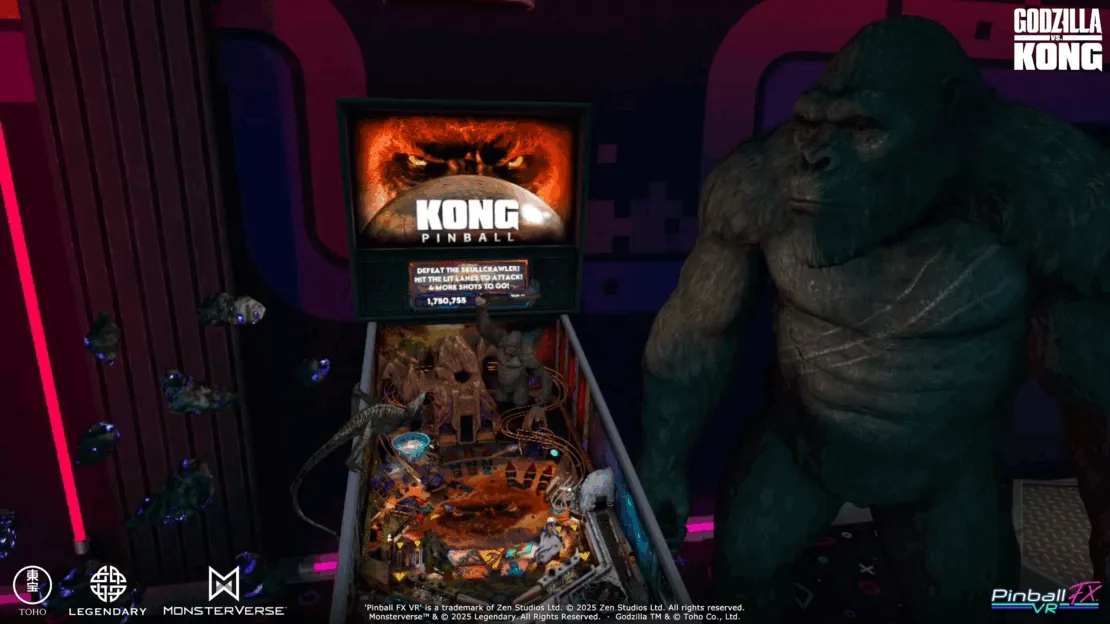
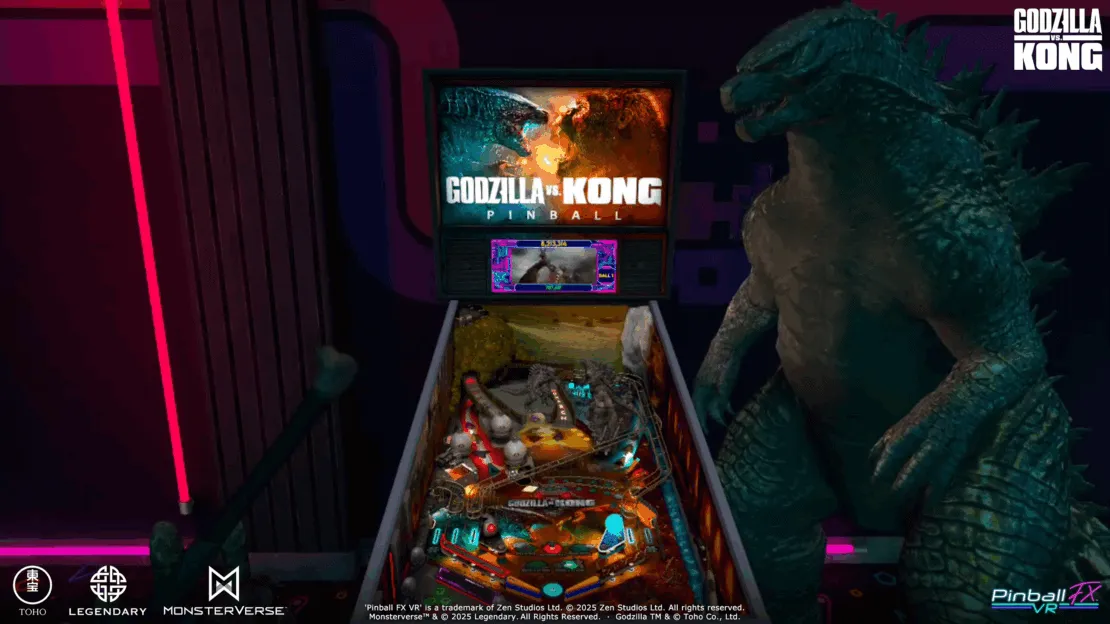
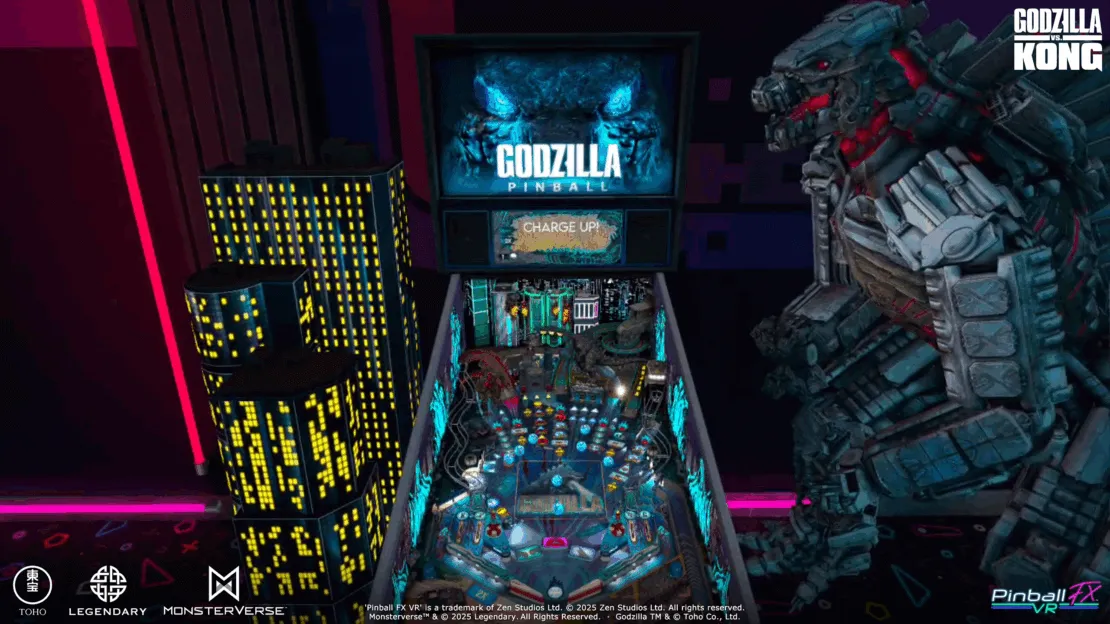

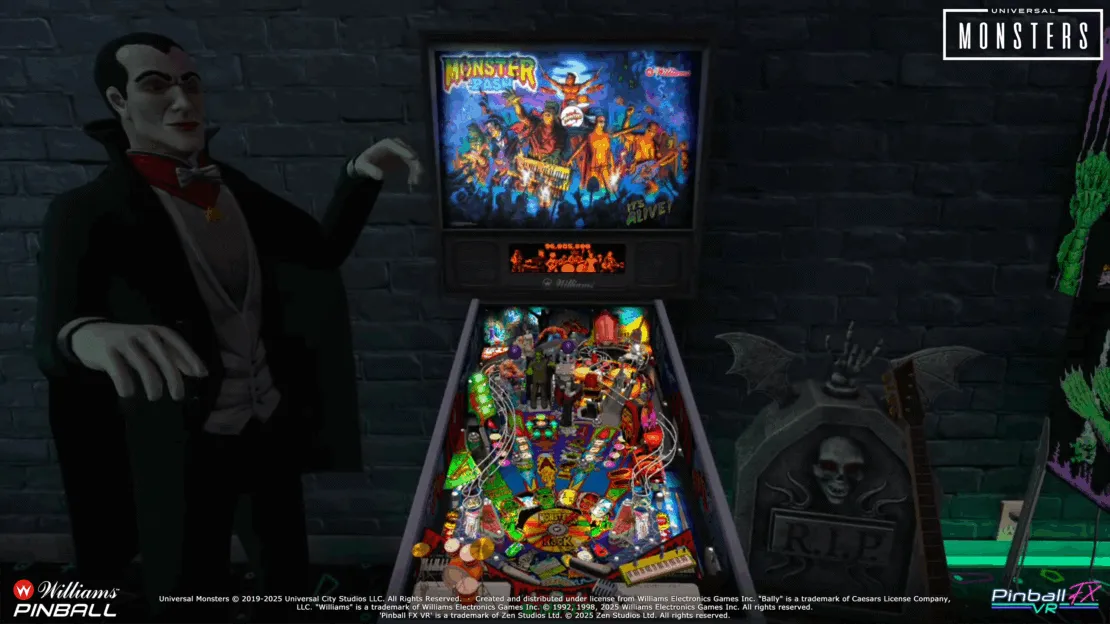

Pinball FX VR is out now on the Meta Quest platform, and the six new DLC tables will launch on December 4. DLC prices are currently unconfirmed.